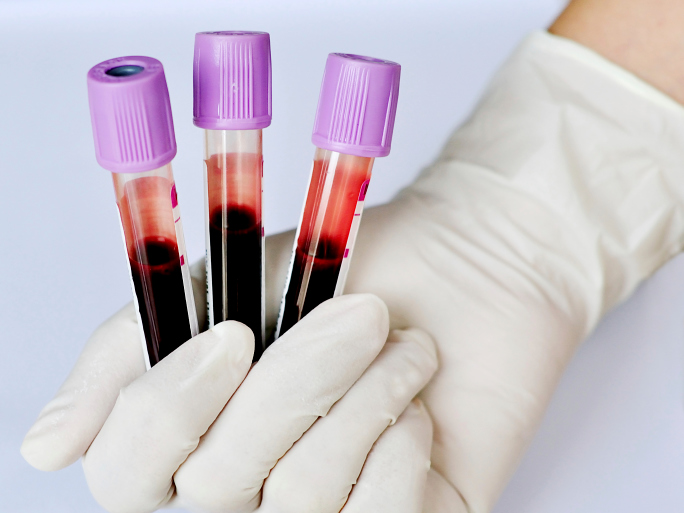The Basic Necessity of Blood

In some old Eastern cultures, doctors and religious leaders could read what was happening in a patient’s body based upon his or her pulse. By taking a pulse, being in tune, and knowing how to read the body through sound, the listener could pinpoint things happening in the body with precision. Such strategy was practiced long before Rene Laennec invented the stethoscope, feeling it more professional to listen to heartbeats from a bit of a distance than with ear pressed against chest.
In Western culture, we do a lot of this sort of reading through bloodwork. It’s where most diagnostic work begins: bloodwork in the lab. We have the technology to count blood cells and envision possible things happening in the body through blood tests.
The first most successful blood transfusions took place during WWI and WWII, since so many wounded soldiers made it a necessity to learn how to safely share blood. Scientists work with the necessity of the time, and during WWI, they learned how to preserve blood and classify blood types and how they interact, so that by the time of the second World War, blood transfusions were more effective.
As technology develops, blood remains fundamental. In June of this year, NPR ran a story about James Harrison who received a large blood donation when he was 14 and has gone on to donate blood himself over 1,000 times and counting. It turns out that Harrison has a rare antibody in his blood that helps something scientists have been struggling with called Rh incompatibility– a potentially fatal condition that affects pregnant women. While doctors discover such new conditions and causes for them, blood donation remain essential; Harrison has donated enough to save over 2 million babies. Medical shipping helps people continue saving one another’s lives.


